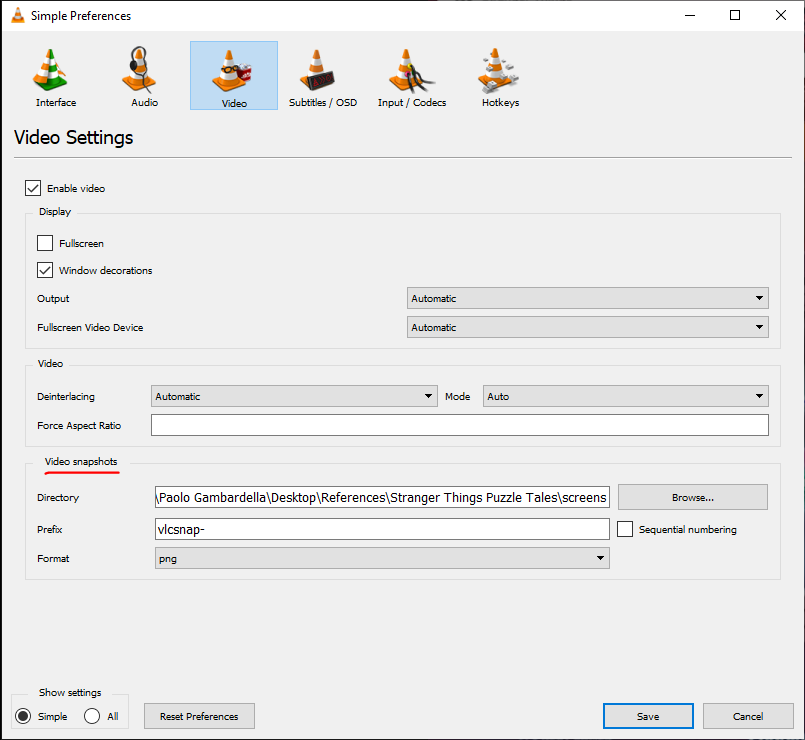Last week I purchased a bundle of narrative games from a popular store. The first game of that bundle, in alphabetical order, was Before your Eyes.
The game is a narrative experience. It doesn’t require much effort for a consumed player like me. There are minigames, but the story goes forward despite your ability to be successful at them. The story is short, but very emotional and effective. It’s about family, expectations, dreams, life, cats, death, disease, friendship, love. Developers managed, within 2 hours, to condense everything. My tears were out at the end of it, probably I am getting older.
Gameplay
As a player, you are in the shoes of a boy who lives his life and afterlife. The camera is in first person and there is a unique hook, which is a mechanic based on the blink of your eyes. If there is a webcam connected to your PC, the game detects (pretty well, in my case) when you close your eyes and play around that. The result is the feeling of a higher immersion into the story. Join that with well-written lines and characters and you get the idea.
The game is divided into chapters, and every chapter has scenes. It usually goes like this:
- The story and dialogue go, like in a movie. You do not control their flow. Sometimes they pause waiting for you to activate a mechanic.
- Interesting spots activate on the scene:
- circles: just look at them to activate the mechanic. Usually, you have to connect with another circle. This is used to open a book, for example.
- eyes: point at them and blink your eyes to activate a mechanic.
- eyes with effect: point at them and keep your eyes closed to continue with the scene.
- musical notes: you have to follow an area to play sounds
- hand: move your camera in the hand zone to write on a typewriter
- pencil: look at it and it transforms into a scribble. Bring the scribble on a sheet and blink to draw.
- In order to pass to the next scene, you have to wait for a metronome. Blink whenever you want to go forward.
Everything is very simple but effective. Also, it permits interesting dynamics. For instance, some scenes may activate the metronome while circles are still appearing. So you can choose to keep your eyes open and complete the scene. One issue is that if you blink you will skip to the next scene. Sometimes I didn’t want to do that. This is one limitation of this mechanic, it is imprecise. The real conflict offered by the game is there. So, it is unique and creates gameplay.
Journey
The game starts with the calibration of your camera. I believe it is pretty confusing, especially for the core audience of this kind of game. Then you start the game and you are immersed in a fantasy. The fantasy is about the afterlife, and the message is clear: life is an awesome thing, no matter what you achieve, no matter who you are.

Engaging with the minigames and making narrative choices brings you always to this same conclusion. The story is linear and goes from start to end. You have no agency over it, still, you can perform over it in one way or another. It’s a smart narrative design solution to not deal with branches and things that can compromise the quality of the final product. The development team is made by 9 people.
Review
Those are the games that remind me of why I chose this profession. These games are not made to trap people’s attention or to monetize. They are not designed for retention. They wait for you to step in their magic circle. And if you want, you continue until the end. Maybe you cry a little. And then they go. Maybe you can play them again after a few years.
If you want to give yourself a beautiful gift, this game is. And after you play it, you may want to watch this talk:
Everything I said in this article was written before knowing the truth about its development.

